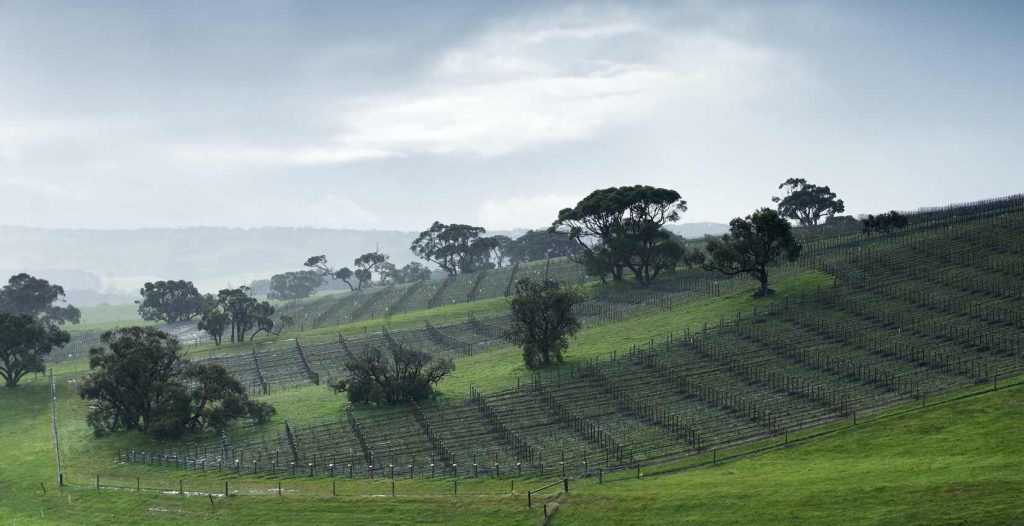
The soils are derived from the Tertiary Pliocene era (1.64 to 5.2 million years old) remnant lateritic plateau of the spine of the Fleurieu Peninsula and include outcrops of ironstone (ferricrete) which litter the slope beneath the vines. These ironstone deposits are the result of deep weathering of the underlying meta-sandstones of the Backstairs Passage Formation, Cambrian era (540 million years old) sediments of the Kanmantoo Group.
The steep slopes of Foggy Hill Vineyard ensure the soil is of moderate depth and free draining containing a jumble of ironstone eroded from the outcrops. These are ideal viticultural soils and particularly for the fastidious Pinot Noir variety.
The Great Southern Ocean just 8 kilometres to the south keeps the winter warm and the summer cool. Bud burst occurs in early September and the crop is harvested in the middle of March.
During the 7-month growing season (October to April) the heat summation is 1331C -days (Parawa) and there is rarely a hot day although the nights are warm. The average diurnal temperature difference for the growing season is a low 8.74C and the 3pm humidity is high at 62.7%.
The cool, humid and even Foggy Hill climate is ideal for encouraging the production of the exotic aromatic and ethereal qualities of Pinot Noir described as the ‘peacock’s tail”. After 15 vintages, Foggy Hill Vineyard at Parawa has proven consistently that it is a truly “distinguished site for Pinot Noir.
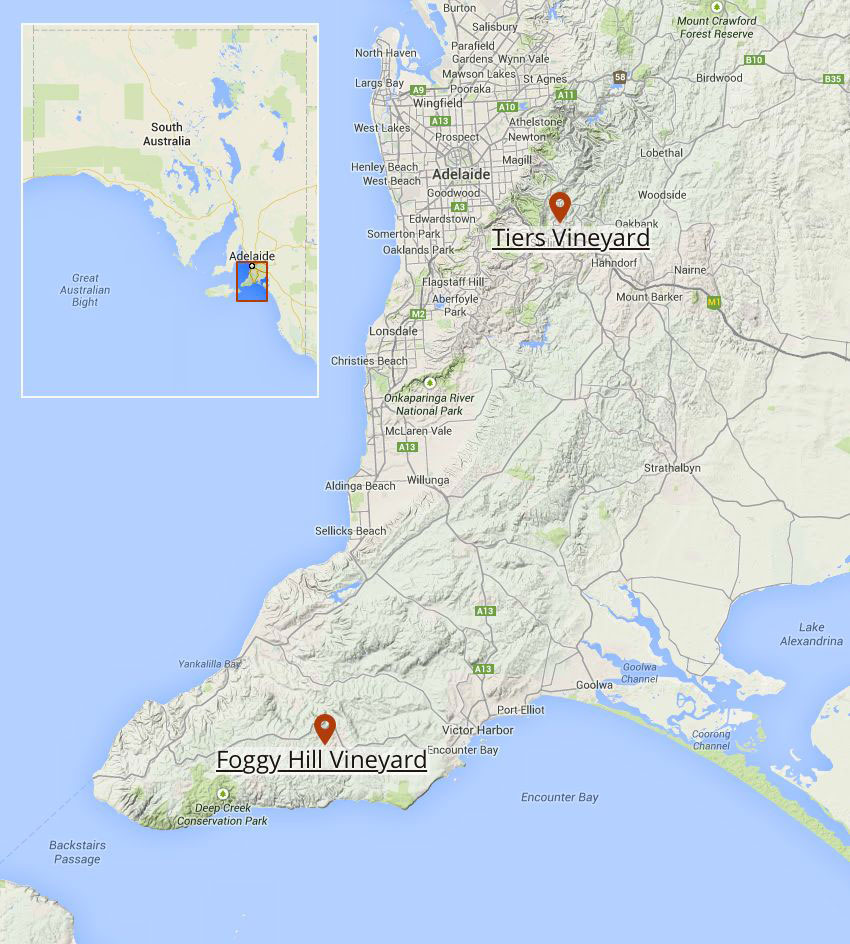
[table id=3 /]

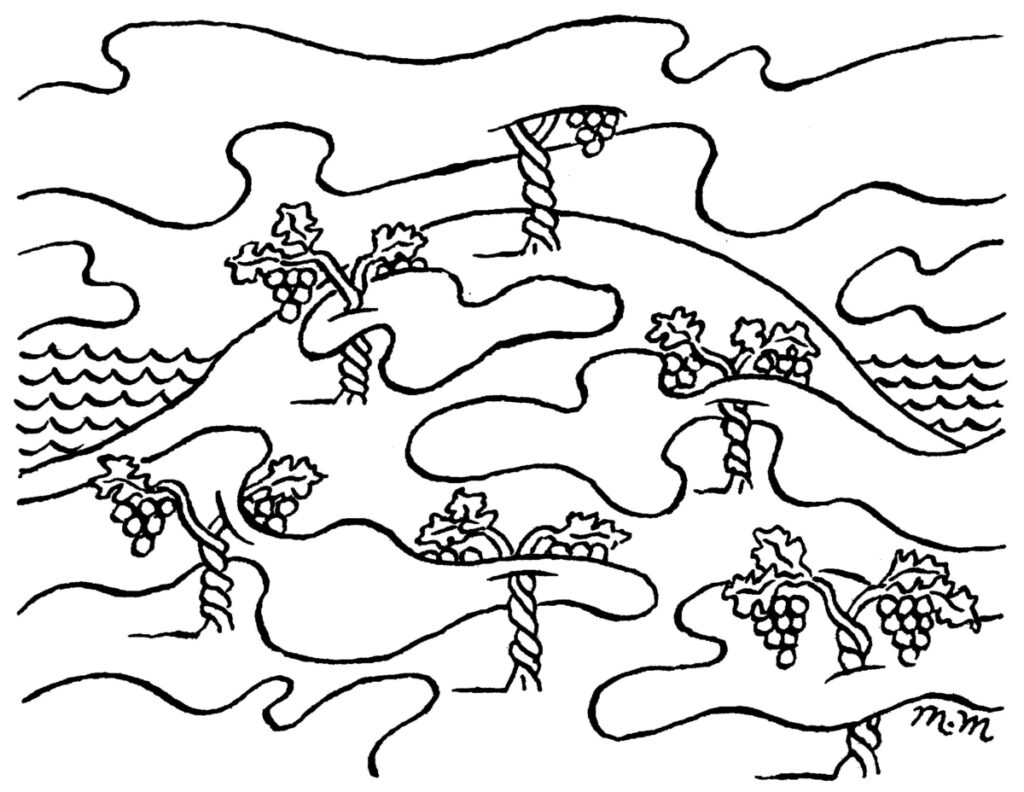
In 2003 the Croser family purchased Maylands Farm at Parawa on the Fleurieu Peninsula. Maylands was purchased as a sheep farm to satisfy a long-held dream of Brian’s, having grown up on a sheep farm in the Clare Valley. Additionally, Brian had been researching the climate and soils at Parawa and suspected the very maritime cool and wet climate would elicit the best qualities of the fastidious Pinot Noir variety. Since the early 1980’s, Brian had grown Pinot Noir in the Piccadilly Valley, mainly for sparkling wine production. Despite many attempts the Piccadilly Valley did not produce a table wine Pinot Noir that matched his expectations. The cold nights trapped too much malic acid and the warm days denied the production of the finest varietal expression of Pinot Noir. Piccadilly Valley Pinot Noir made perfect sparkling wine.
The much more maritime climate at Parawa, with warmer nights and cooler days was better suited to producing exquisite table wine Pinot Noir.
The relatively warm night temperature over the growing season at Parawa of 11.99C contrasts with the Piccadilly Valley at a cool 10.55C.
The warmer winters and earlier spring warmth at Parawa deliver bud burst and harvest two weeks earlier than in the Piccadilly Valley.
Within the first 6 months of ownership of Maylands Farm the northwest facing Foggy Hill site had been chosen and planted with 2 hectares of three Dijon clones of Pinot Noir on devigorating rootstocks and at the very close vine spacing regime of 1.5metersX1.5 meters or 4,444 vines/hectare. The fruiting wire was established at a mere 0.5 meters above the ground to maximise the influence of soil warmth on the maturing grapes at night. A further 2 hectares of Foggy Hill were planted in 2006.
The joy of discovering a new “terroir” is how over successive vintages the site defines itself in surprising ways. Despite 950mm of annual rainfall and the very moderate, humid and cool climate, the low to moderate fertility soils and the incessant wind conspire to establish low to medium viticultural capacity. Foggy Hill is protected from the full force of the prevailing winds from the southwest but the vineyard can only properly mature its crop with the shoots and bunches in balance at 67,000 buds/hectare versus the Piccadilly Valley at 90,000 buds/hectare. The 15 buds/vine are ideally spaced at 10cms between shoots. Each shoot carries small bunches of small-berried Pinot Noir weighing 80 grams, yielding 1.2 kilograms/vine or the very modest yield of 5.3 tonnes/hectare. This naturally small crop balance is ideal to elicit the best expression of the ethereal Pinot Noir varietal character with significant wine texture and colour density at moderate alcohol levels.
A truly significant feature of the Foggy Hill site is the warming influence of the ocean on night ambient temperature. This combined with the warm north slope and the heat retaining iron stone littered surface, keeps an ideal night temperature in the maturing grapes on the little low vines so that they can continue to turn sugar produced in the sunlight of the day into colour and flavour at night as well as during the day.
The consequence of warm night conversion of sugar is earlier development of flavour, tannin and colour at lower sugars and hence lower alcohol potential in the wine.
After 15 vintages, Foggy Hill has proven it is truly a “distinguished site” for Pinot Noir across a wide range of vintage conditions, hot or cold and dry or wet.
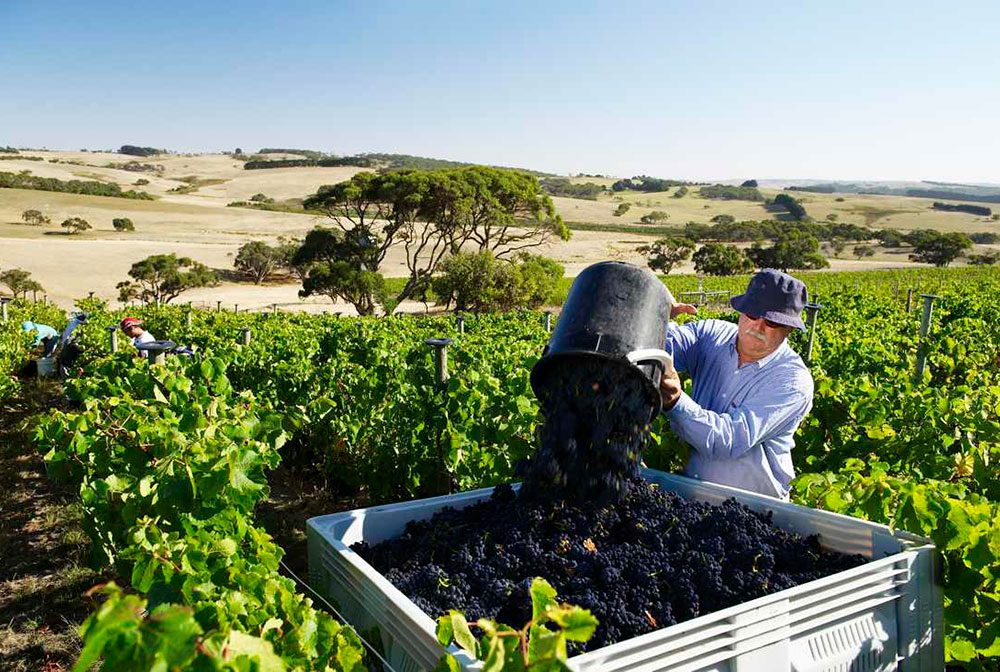
The Foggy Hill Vineyard Pinot Noir is typically harvested in the middle of March.
The typical analysis of Foggy Hill Pinot Noir at harvest is:
The tiny ebony bunches of Pinot Noir are selectively hand harvested into 0.5 tonne bins and about 15% is harvested into 0.3 tonne slotted trays.
Each clone from each Block at Foggy Hill is harvested and processed separately. The slotted trays are placed in cold room and chilled to 2C over night then tipped into the bottom of the 0.9 tonne fermentation tubs as whole bunches at a rate of 15% of the full tub weight.
The unchilled fruit from the bins is destemmed, crushed and chilled to 2C onto the top of the chilled whole bunches in the fermentation tubs.
The cold must is allowed to macerate for 3 days before the onset of fermentation.
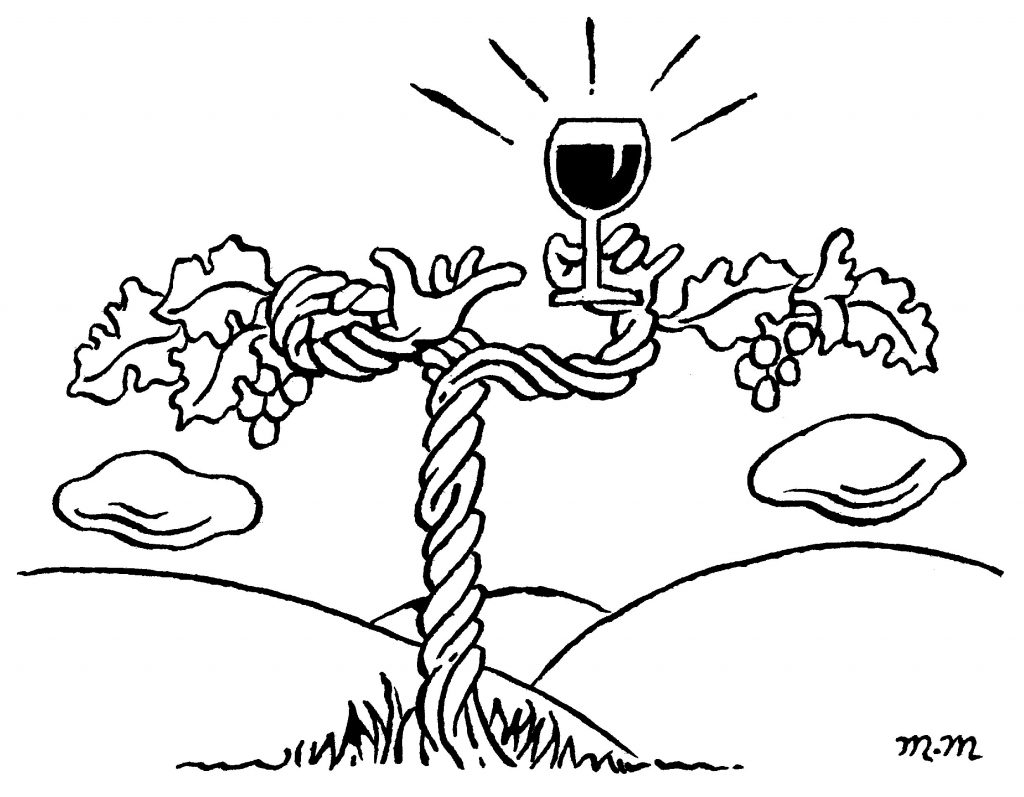
After the 3-day cold maceration the 0.9 tonne subs of Foggy Hill Pinot Noir are seeded with our own grown culture of yeast selected especially for Pinot Noir.
The fermentation begins slowly over the first days before the skins form a cap after which the tubs are hand plunged daily. The fermentation takes about 14 days to complete and the temperature in the tubs never exceeds 35C.
Once fermentation is complete the tubs are sealed down to allow post fermentation maceration on skins for a further 3 to 4 days.
The total time on skins is 21 days.
The contents of the tubs are tipped into the 4-tonne air bag press and are drained and gently pressed to 1.4 atmospheres of pressure, batch by batch.
The dry wine is seeded with malolactic bacteria and is gravitated to barriques immediately with all lees. The barriques are one third new and all are from the Centre of France forests.
After a month the malolactic fermentation is finished and the wine is left undisturbed in barrique until August when it is racked off lees and returned to the barriques for a further 6 months.

After 9 months in oak each Foggy Hill batch is clear racked from barrique. It is at this point that the assessment is made of the wines from each clone and block and in particular whether the vintage has provided a Definitus of sufficiently differentiated quality to be bottled separately.
Once the decisions have been made about the Definitus and the Foggy Hill blend, the wines are bottled.
The typical “in bottle” analysis of Tapanappa Foggy Hill Pinot Noir is:
[table id=5 /]
After 15 vintages Foggy Hill has proven it is truly a “distinguished site” for the noble variety Pinot Noir.

Cellar Door opens daily, 11am – 4pm
15 SPRING GULLY ROAD
PICCADILLY SA 5151
PHONE (08)7324 5301
Keep in touch with Tapanappa wines.
Sign up and be the first to receive information on our newest releases, unique events and much more!
You may unsubscribe from our mailing list at any time via our website, or via the unsubscribe link included in every email.
Liquor Licensing Act 1997
It is an offense to sell or to supply to or to obtain liquor on behalf of a person under the age of 18 years.
Liquor license No. 57008504
Wines are sold by Tapanappa Wines Pty. Ltd. ABN 86 104 001 667
To enter this site you must be at least 18 years old.
By clicking enter, I certify that I am over the age of 18.